 W
WWilliam J. "Bill" Amelio is an American business executive who was the CEO of Lenovo. He was also the CEO of Avnet.
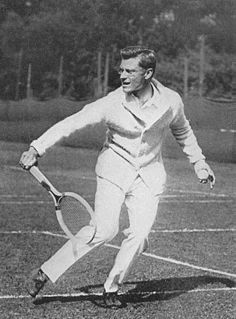 W
WKarl Howell Behr was an American tennis player and banker. He was also a survivor of the sinking of RMS Titanic.
 W
WEdward Andrew Deeds was an American engineer, inventor and industrialist prominent in the Dayton, Ohio area. He was the president of the National Cash Register Company and, together with Charles F. Kettering, founded Dayton Engineering Laboratories Company (Delco), an early innovator in automotive technology. Deeds partnered with the Wright brothers in an early airplane manufacturing venture and led the military aircraft production effort in World War I.
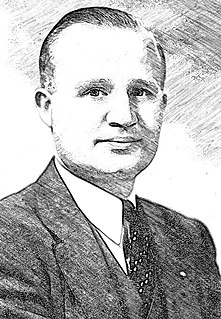 W
WJoseph Raymond Desch was an American electrical engineer and inventor. During World War II, he was Research Director of the project to design and manufacture the US Navy version of the bombe, a cryptanalytic machine designed to read communications enciphered by the German Enigma.
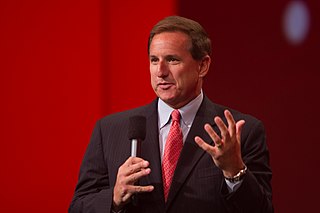 W
WMark Vincent Hurd was an American technology executive who served as Co-CEO and as a member of the board of directors of Oracle Corporation. He had previously served as Chairman, Chief Executive Officer, and president of Hewlett-Packard, before resigning in 2010. He was also on the Board of Directors of Globality and was a member of the Technology CEO Council and board of directors of News Corporation until 2010.
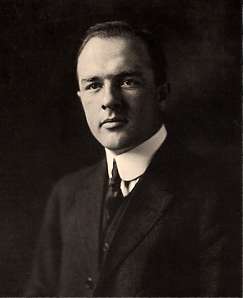 W
WEdward S. (Ned) Jordan was an American entrepreneur, automotive industrialist and pioneer in evocative advertising copy, which he wrote and used to advertise the automobiles produced by his Jordan Motor Car Company of Cleveland, Ohio. Jordan’s June 1923 advertisement for the company’s Somewhere West of Laramie is considered a breakthrough in the art of writing advertising copy.
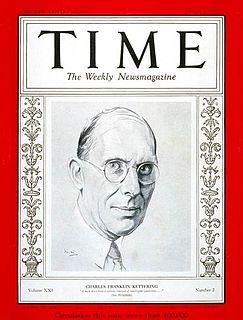 W
WCharles Franklin Kettering sometimes known as Charles "Boss" Kettering was an American inventor, engineer, businessman, and the holder of 186 patents. He was a founder of Delco, and was head of research at General Motors from 1920 to 1947. Among his most widely used automotive developments were the electrical starting motor and leaded gasoline. In association with the DuPont Chemical Company, he was also responsible for the invention of Freon refrigerant for refrigeration and air conditioning systems. At DuPont he also was responsible for the development of Duco lacquers and enamels, the first practical colored paints for mass-produced automobiles. While working with the Dayton-Wright Company he developed the "Bug" aerial torpedo, considered the world's first aerial missile. He led the advancement of practical, lightweight two-stroke diesel engines, revolutionizing the locomotive and heavy equipment industries. In 1927, he founded the Kettering Foundation, a non-partisan research foundation. He was featured on the cover of Time magazine on January 9, 1933.
 W
WWilfrid Reid "Wop" May, was a Canadian flying ace in the First World War and a leading post-war aviator. He was the final Allied pilot to be pursued by Manfred von Richthofen before the German ace was shot down on the Western Front in 1918. After the war, May returned to Canada, pioneering the role of a bush pilot while working for Canadian Airways in Northern Alberta and the Northwest Territories.
 W
WJohn Henry Patterson was an industrialist and founder of the National Cash Register Company. He was a businessperson and salesperson.
 W
WJames Jacob Ritty, saloonkeeper and inventor, opened his first saloon in Dayton, Ohio in 1871, billing himself as a "Dealer in Pure Whiskies, Fine Wines, and Cigars." Some of Ritty's employees would take the customers' money that was meant to pay for the food, drink, and other wares. In 1878 while on a steamboat trip to Europe, Ritty became intrigued by a mechanism that counted how many times the ship's propeller went around. He wondered whether something such as this could be made to record the cash transactions made at his saloon.
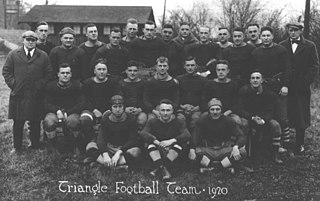 W
WCarl H. Storck was a co-founder of the National Football League, as well as the founding owner of the Dayton Triangles. He was also the Triangles coach from 1922 until 1926. Storck served as the NFL's secretary-treasurer from 1921 to 1939 and president from 1939 to 1941.
 W
WThomas John Watson Sr. was an American businessman. He served as the chairman and CEO of International Business Machines (IBM). He oversaw the company's growth into an international force from 1914 to 1956. Watson developed IBM's management style and corporate culture from John Henry Patterson's training at NCR. He turned the company into a highly-effective selling organization, based largely on punched card tabulating machines. A leading self-made industrialist, he was one of the richest men of his time and was called the world's greatest salesman when he died in 1956.